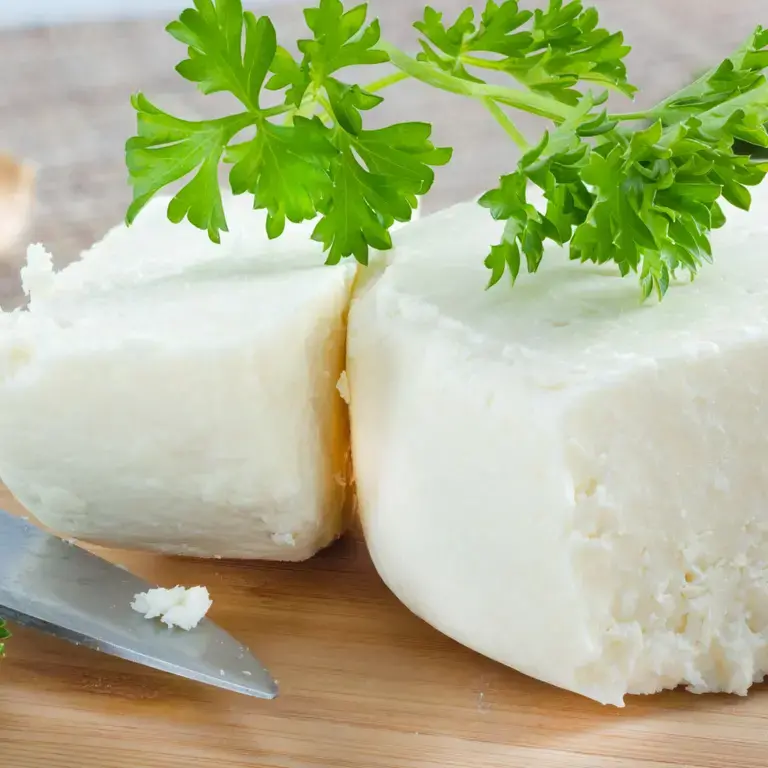Elote, or Mexican-style street corn: this fully-loaded corn on the cob snack is a Mexican street food classic, topped with mayonnaise, spices, and salty cotija.
Carne asada tacos: these extra-special tacos are made with tender and juicy carne asada, pico de gallo, guacamole, sour cream and cotija cheese.
Smooth and spicy pinto bean stew: this hearty Mexican-inspired stew from Bon Appetit tastes great with a generous topping of cotija.
Enchiladas verdes: these satisfying and spicy chicken enchiladas from All Recipes are made with serrano peppers, tomatillos, and cotija cheese for an authentic Mexican flavour.
Similar cheeses
You should be able to find cotija at your local Mexican market, and also in many regular stores. But if you can’t get to the store and you need a substitute in a hurry, or if you’re looking for a vegetarian alternative, there are several similar cheeses you can use in a pinch.
Feta is a good match for younger, softer cotija. Like cotija, it is crumbly and salty, with a slightly milky flavor. It also works well as a vegetarian substitute.
Queso fresco is another Mexican cheese with a fresh, milky flavour that works as an alternative to younger cotija. It lacks the saltiness of cotija, however, and is not suitable as a vegetarian substitute.
Parmesan is a great alternative to cotija añejo, with a similar hard but crumbly texture and sharp taste. Both are perfect for grating, and are typically used as a topping for savoury dishes. Parmesan is not suitable as a vegetarian alternative to cotija, as it also contains animal rennet, but there are popular vegetarian and vegan Parmesans available, both of which work equally well.
Pecorino Romano is an Italian cheese that works well as a substitute for cotija añejo. It is made from sheep’s, rather than cow’s milk, but it has a similar crumbly, gratable texture and salty flavour. Pecorino is not typically vegetarian, but vegetarian versions are available.












